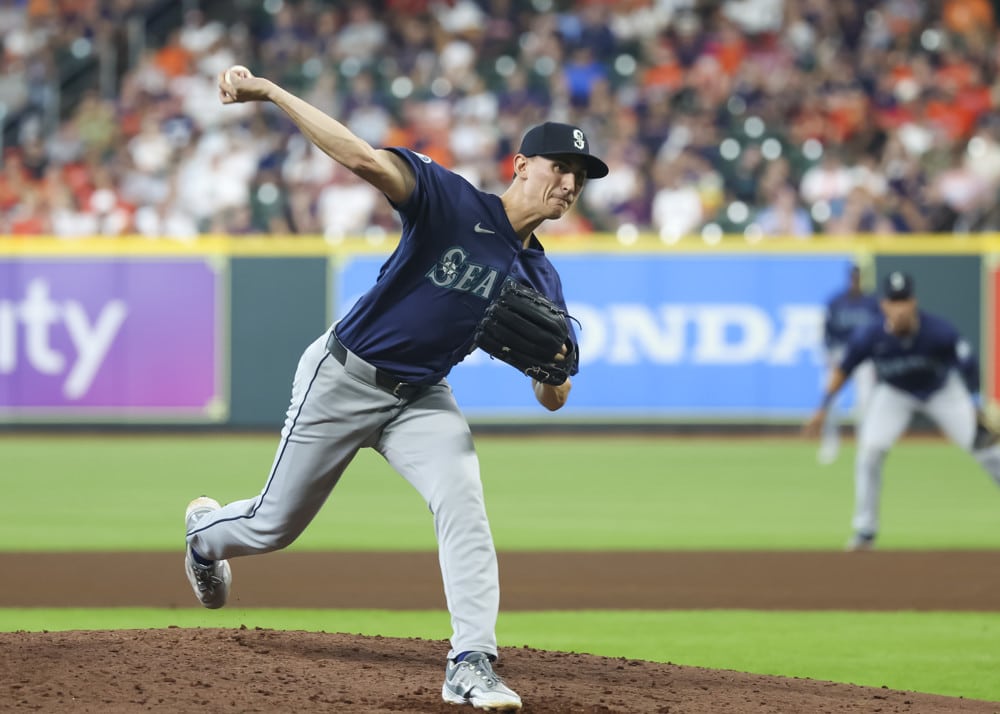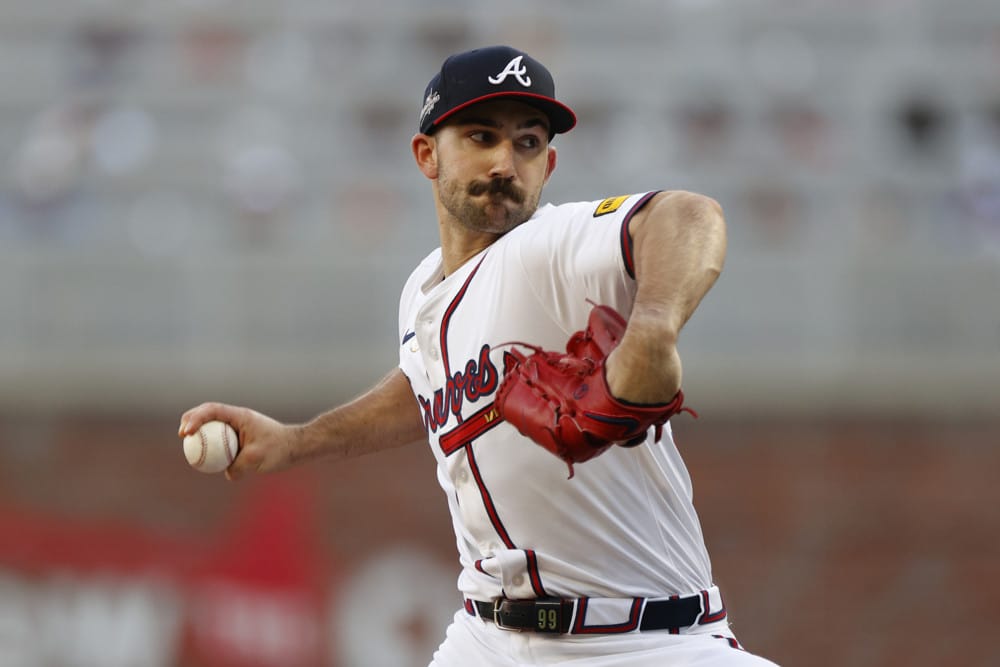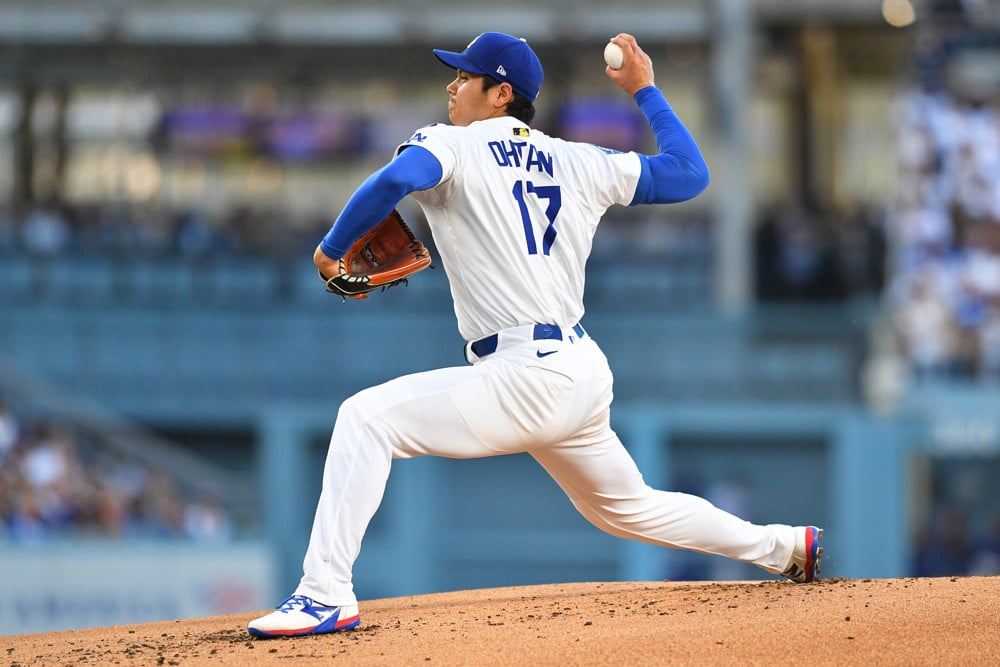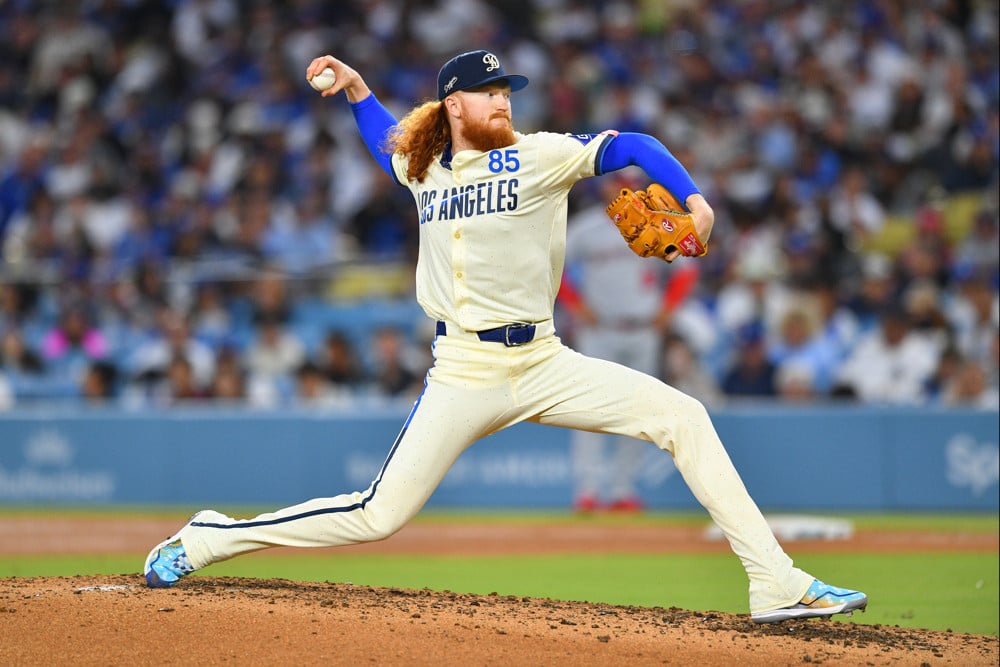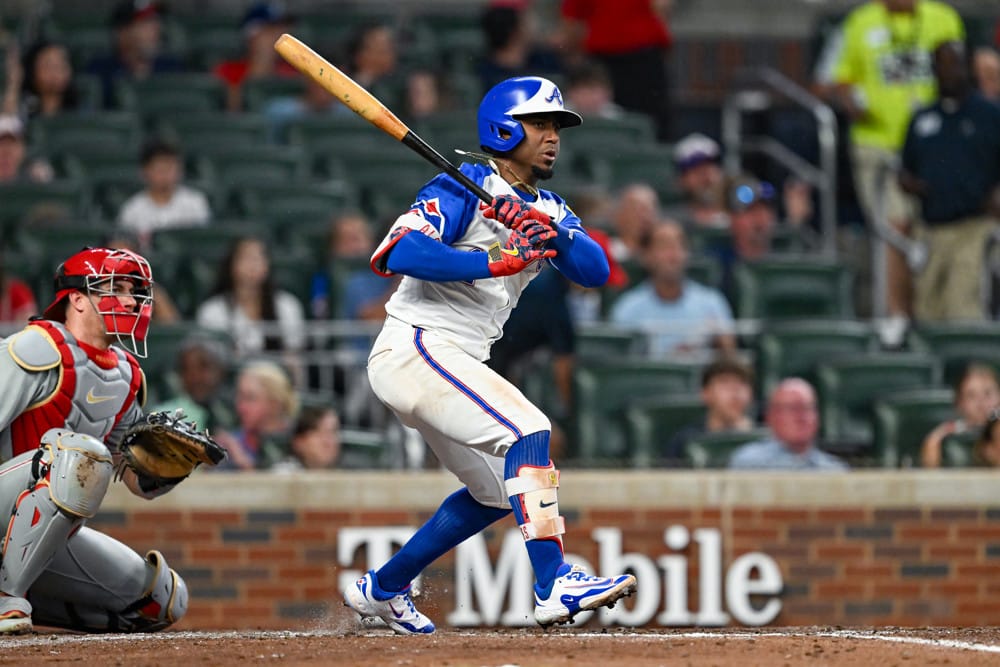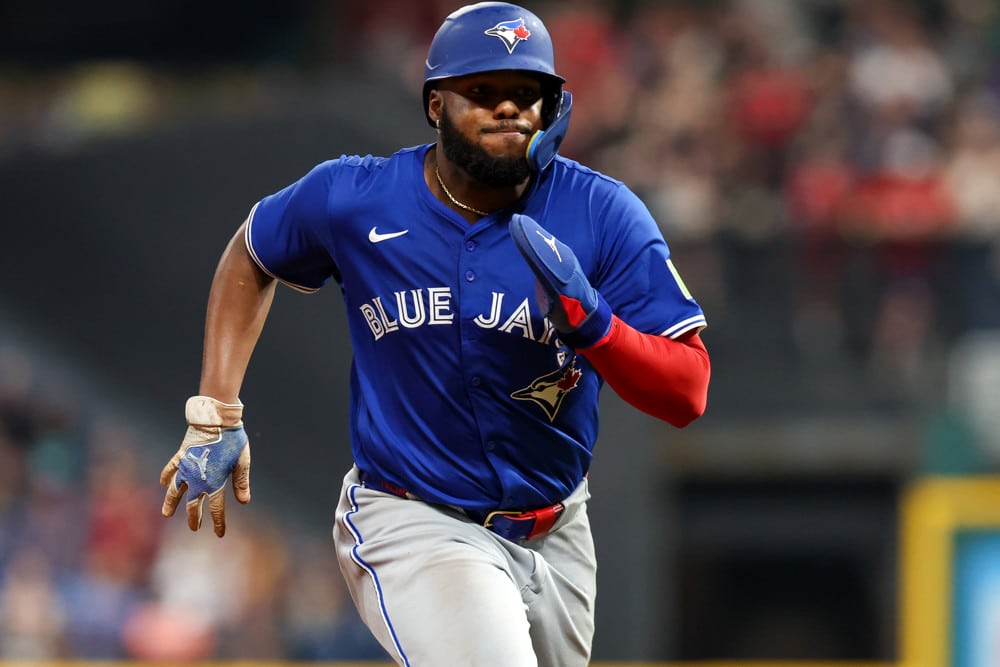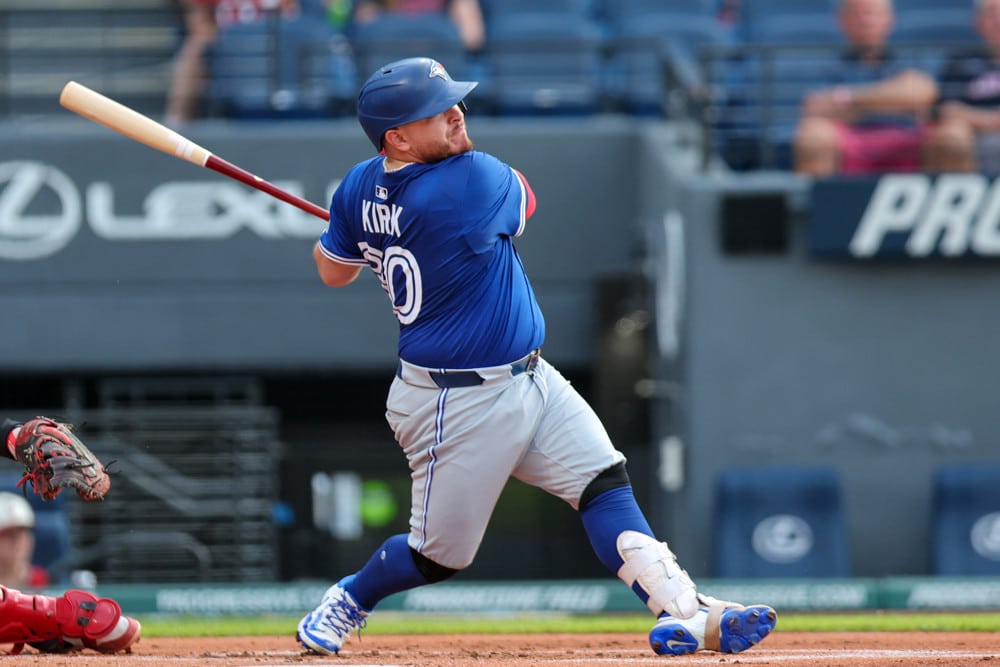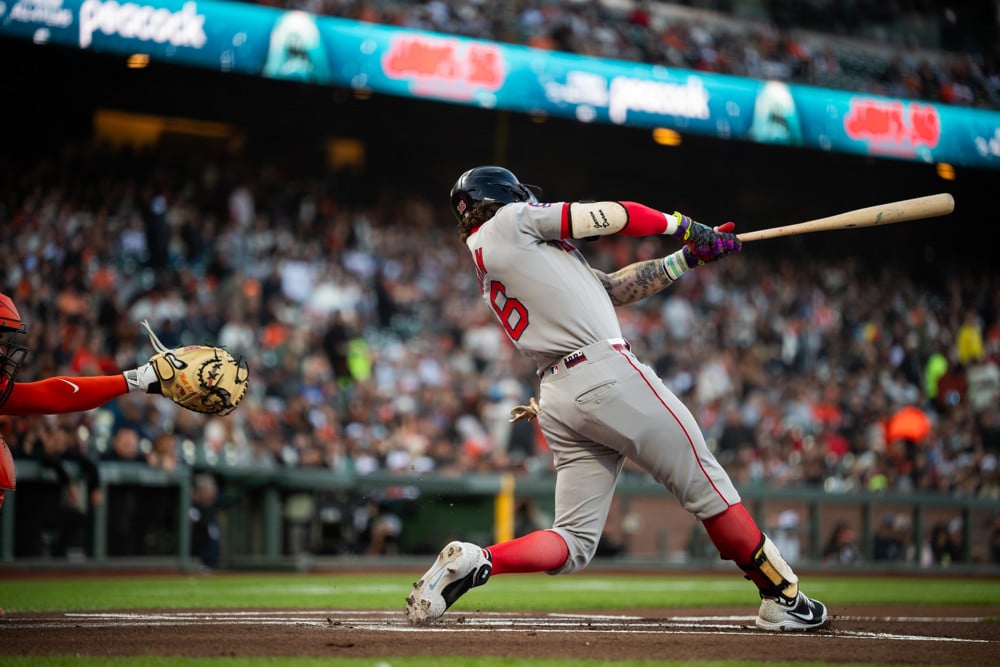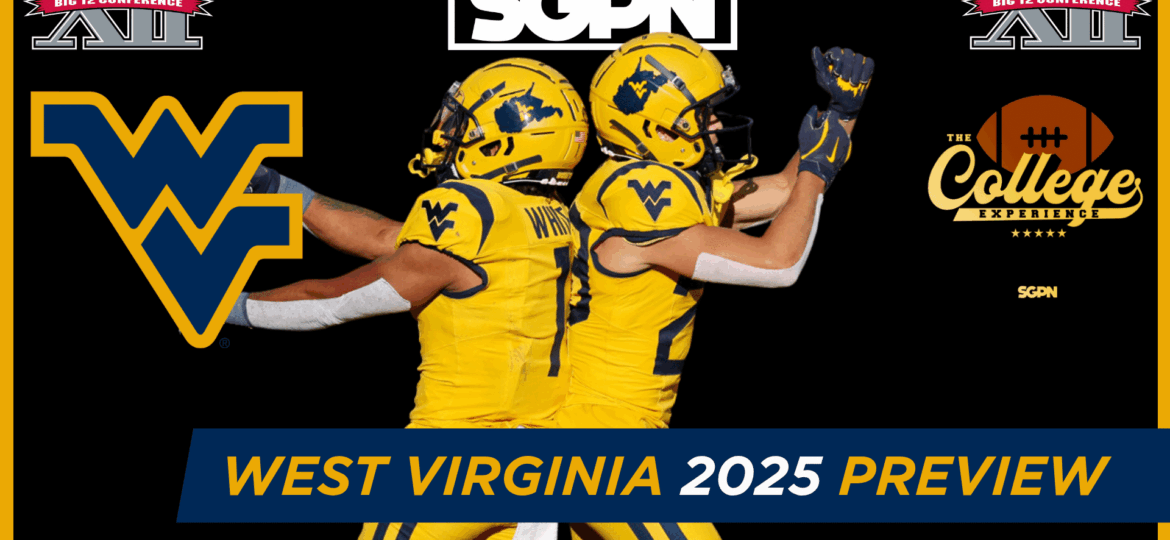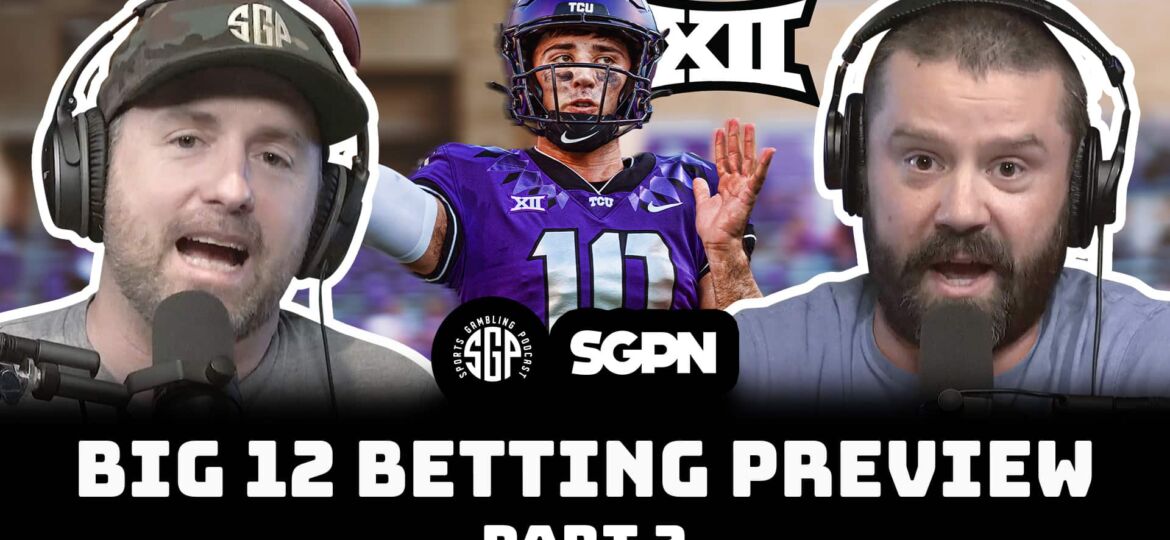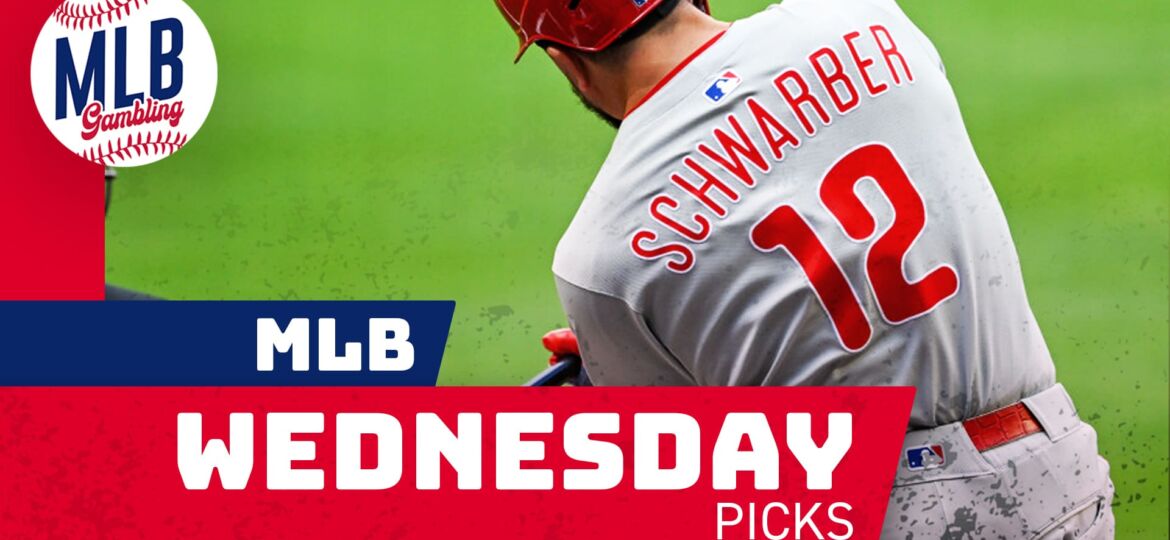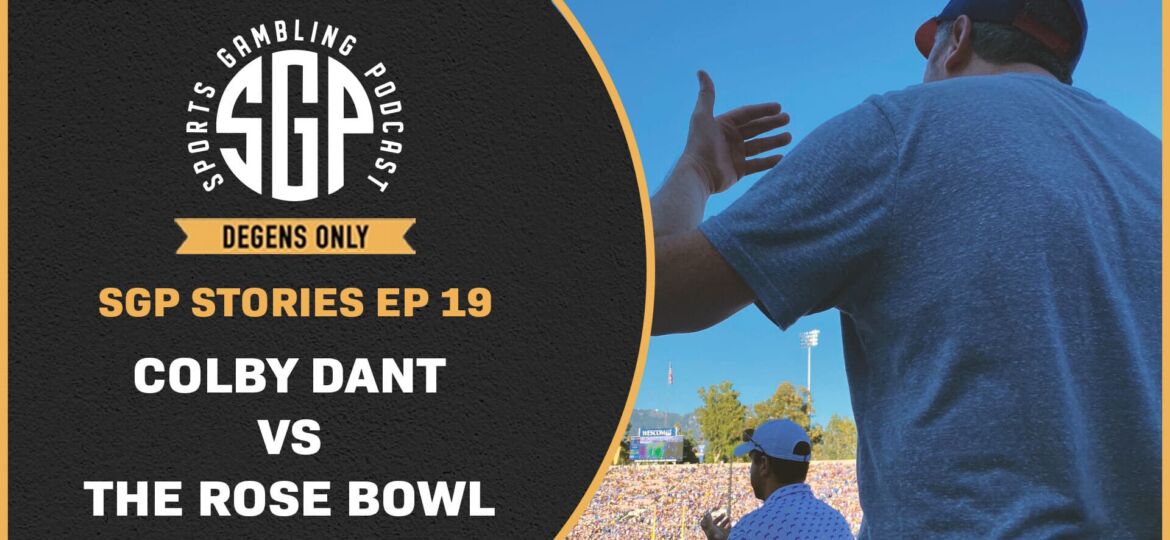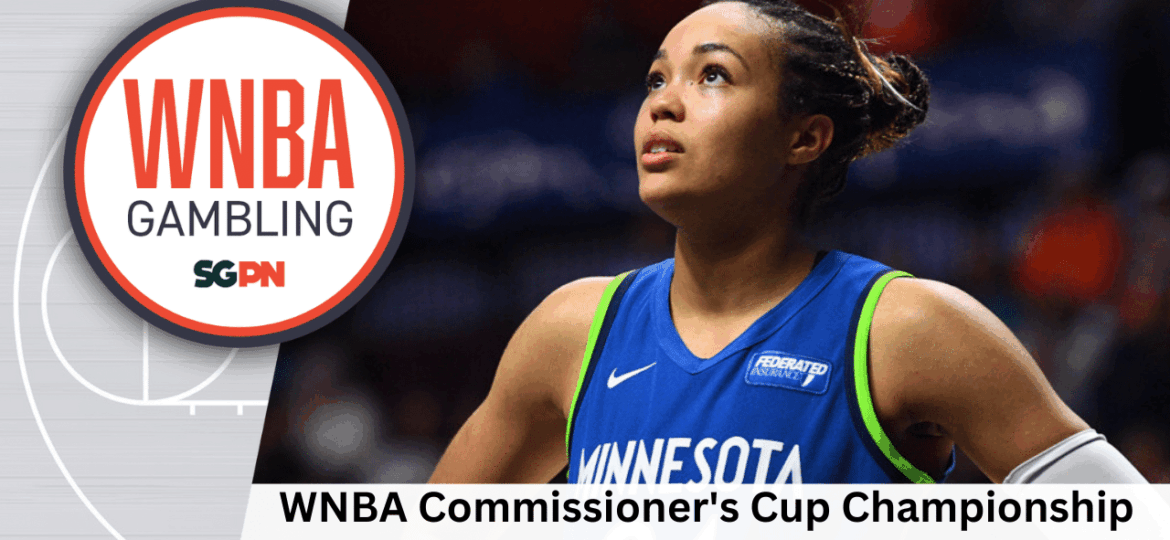
As a Fantasy Football manager, there are a few words that you never want to hear about your team. “Injury” might just be the top word on that list. As much as we hate to admit it, fantasy football injuries are a big part of the season, and player expectations become a mystery. Knowing how to navigate those injuries and what to expect from your players can be a BIG advantage throughout the year. Here’s where I can help. This article outlines some of the most common injuries in the NFL and what you can expect if one of your players suffers them.
More SGPN Fantasy Football Content
SGPN Fantasy Football Cheat Sheets
Fantasy Football Auction Values
Fantasy Football: Injuries and Expectations Part 1
ACL Tear
What is it?
Complete tear of a ligament in the front part of your knee
Function
The primary stabilizer of the knee; prevents excessive anterior movement of the tibia (lower leg bone)
Mechanism of Injury
Player decelerating and making a cut
Landing from a jump
The knee hyperextending
Recovery Timeline
The average return to play time according to research: 11.6 months
Normal Recovery Range: 10-12 months
The recovery timeline becomes longer with additional damage to the knee from the injury; the ACL is commonly injured with the LCL and medial meniscus
Aspect of Game Most Affected
Change of direction ability; lateral movements and burst typically takes the longest to come back
The psychological aspect of trusting the knee again
Normal movement and mechanics may not come back for a full 2 years
Re-Injury likelihood
High
High reinjury rates to the same leg and opposite leg due to muscle imbalance and altered kinematics
Most risk in the first two years following injury
Level of Concern
HIGH
Mourn the loss, and move on. Their season is over and next year will likely be negatively affected as well
Extra Nuggets
QBs are typically able to bounce back the next year the best as they rely less on their mobility and cutting ability
RBs and WRs have the most difficult time getting back to their pre-injury performance levels, with most performing worse than their career averages year 1 after injury
More experienced and established athletes are more likely to return to play at the pre-injury levels
ACL tears can lead to long-term knee damage and degeneration
Expectations after an ACL injury in the Fantasy Football community are always closer to an Adrian Peterson type bounce-back year… but unfortunately, Peterson is a unicorn in this case
Lisfranc Injury
What is it?
Damage to the bones in the midfoot or ligaments that support the midfoot
Function
The midfoot serves to absorb shock from ground impact and to stabilize the foot on uneven surfaces
Mechanism of Injury
The foot being twisted while plantar flexed (pointed towards the ground)
The foot being forcefully rotated outwards (external rotation)
Recovery Timeline
The average return to play time according to research: 11.1 months
Normal Recovery Range: 10-12 months
The recovery timeline is dependent on the severity of the injury and how many bones/ligaments were involved
Aspect of Game Most Affected
Cutting and change of direction ability
Maintaining balance in the field of play
Re-Injury likelihood
Moderate
Most likely for re-injury in year 1 of playing after injury
Level of Concern
High
Their season is likely over, stash on the IR until next year
Extra Nuggets
Research shows a decline in performance in year 1 post-injury
Offensive players typically have a greater decline in performance than defensive players
Hamstring Strain
What is it?
Damage (tear) to the muscle in the back of the upper leg
Function
A BIG role in generating leg power = speed
A BIG role in controlling the ability to slow down = cutting, route running
Mechanism of Injury
Sprinting typically with a long stride
Slow extreme stretching
Overstretching the muscle
Recovery Timeline
Grade 1: 2-3 weeks. Minor Damage
Grade 2: 3-6 weeks. Moderate Damage
Grade 3: 9-12 weeks. Full tear
Aspect of Game Most Affected
Jumping ability
Acceleration and sprinting
Re-Injury likelihood
HIGH
Biggest risk factor = previous hamstring injury; 2-6x more likely to re-injure compared to people with no hamstring injury history
33% of hamstring injuries reoccur in the 1st year of returning to play
The first two weeks back are the most AT RISK period
Level of Concern
HIGH
Found to be one of the most burdensome injuries in the NFL, with almost 75% of injuries resulting in missed game time
Many times these injuries start out as “a small thing” and they go on to de-rail a player’s season
The expectation for this Fantasy Football injury = FRUSTRATION
Groin Strain
What is it?
Damage to muscles of the inner thigh
A groin strain/injury is really an umbrella term; could involve abdominal, hip muscles, or both
Function
Inner hip muscles: Allow for the player to change direction quickly
Abdominal muscles: Allow for bending and twisting of the player’s torso
Mechanism of Injury
Muscle is too weak or too tight
The Muscle is overstretched with cutting or pivoting (see below)
A Muscle is overused when tired or not strong enough
Recovery Timeline
Grade 1 (mild damage): 2-3 weeks
Grade 2 (moderate damage): 6-8 weeks
Surgery can be required which moves rehab closer to the 8+ week mark
Aspect of Game Most Affected
Cutting Ability
Route Running
Catch Radius
Re-Injury likelihood
Moderate
This injury can often be nagging and affect a player throughout the season
The player may feel ready to return to play but if they change directions too fast in a game and that muscle can be injured again if not healed properly
Level of Concern
Moderate
You need to monitor this situation closely; a setback can occur quickly and turn a minor injury into a major problem for your Fantasy Football team
AC Sprain
What is it?
Damage to the AC joint, which connects your shoulder to your collarbone
Function
Allows for full movement of the arms and shoulders, especially overhead
Mechanism of Injury
Falling on an outstretched hand
Diving for a catch and landing on the shoulder
Recovery Timeline
Grade 1 (minor injury): 1-2 weeks
Grade 2 (more severe injury): 4-6 weeks
Aspect of Game Most Affected
Throwing Ability
Catch Radius
Re-Injury likelihood
Low
Can be further injured if a player returns to play too soon and falls or dives on that shoulder
Level of Concern
Mild
This is a painful injury but in most cases, players typically play through pain with help from a pre-game injection
You can allow yourself to have some of the highest expectations for a Fantasy Football player dealing with this injury
Low (Lateral) Ankle Sprain
What is it?
Damage to the lateral ankle ligaments, due to the foot rolling inwards
Function
Lateral ankle ligaments resist excessive foot movement inwards
Mechanism of Injury
The foot getting stuck in an inwards position and a player’s own weight rolling over it
Typically happens when trying to make a cut but can occur from stepping on another player’s foot
Recovery Timeline
Grade 1 (mild injury): 1-3 weeks
Grade 2 (moderate injury): 3-6 weeks
In severe cases, the force causing the injury can be so significant it causes the ankle bones the ligament is attached to to break
Aspect of Game Most Affected
Balance Ability
Cutting Ability
Re-Injury likelihood
Low
Can be a chronic issue for some players that is combated by bracing
The first few weeks after injury the reinjury risk is minor
Level of Concern
Mild
Low ankle sprains are much more common than a high ankle sprain
High ankle sprain
What is it?
Damage to ligaments (syndesmosis) connecting the lower leg bones above the ankle
Function
Shock absorption of force when running and jumping
Plays role in stabilizing the lower leg during running and jumping
Mechanism of Injury
Direct blow to outer leg with the foot planted
Sudden twisting motion w/ running/jumping (below)
Recovery Timeline
Grade 1 (mild damage) sprain: 4-6 weeks
Grade 2 (moderate damage) sprain: 8-12 weeks
The average return to play amongst NFL players is ~11 weeks
Aspect of Game Most Affected
Route Running
Run After Catch
Jumpball Ability
Re-Injury likelihood
Mild once healed; around 10% chance
Setbacks during rehab are possible if progressed too quickly
Level of Concern
High
High ankle sprains are less common than low ankle sprains because they require a lot more force to happen
More force = more damage caused, leading to a longer recovery time needed
Extra Nuggets
If enough force is generated during the injury, the inner (medial) ligaments and bone of the ankle are commonly injured
An ankle fracture or ligament tear compounded with a high ankle sprain is worst case scenario and likely the end of that player’s season
MCL Sprain
What is it?
Damage to a ligament located on the inner (medial) knee
Function
Major role in lateral (side to side) stability
Mechanism of Injury
The player is hit on the outside of the knee (see video)
A quick change of direction causes stress to the inner knee
Recovery Timeline
Grade 1 strain: 1-2 weeks. Minor Damage
Grade 2 strain (moderate damage): 2-4 weeks. Moderate Damage
Grade 3 strain: 4-8 weeks. Severe Damage
Aspect of Game Most Affected
Route Running
Run After Catch
Re-Injury likelihood
Low
Level of Concern
Mild
Most commonly injured knee ligament as it is the weakest
The MCL is attached to the medial meniscus so they can be commonly injured together which leads to a more serious issue with a longer recovery time
A quick note: The NUMBER 1 risk factor for an injury is a previous injury to that area. So by default, every player who suffers an injury is now at an increased risk for re-injury. For this reason, a player’s injury history should be taken into account when drafting them. I hope you enjoyed this timeless fantasy football injuries and expectation piece and use it to Let It Ride. With many common NFL injuries still to discuss, stay tuned for Part 2 dropping soon! As always, for the most up-to-date NFL/CFB injury news and analysis, follow me on Twitter @SGPNFootballDoc!




